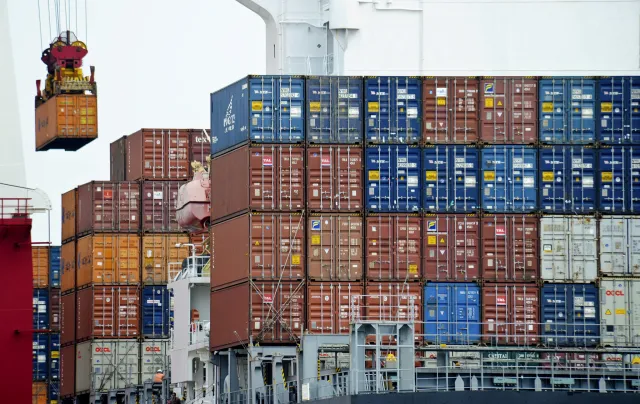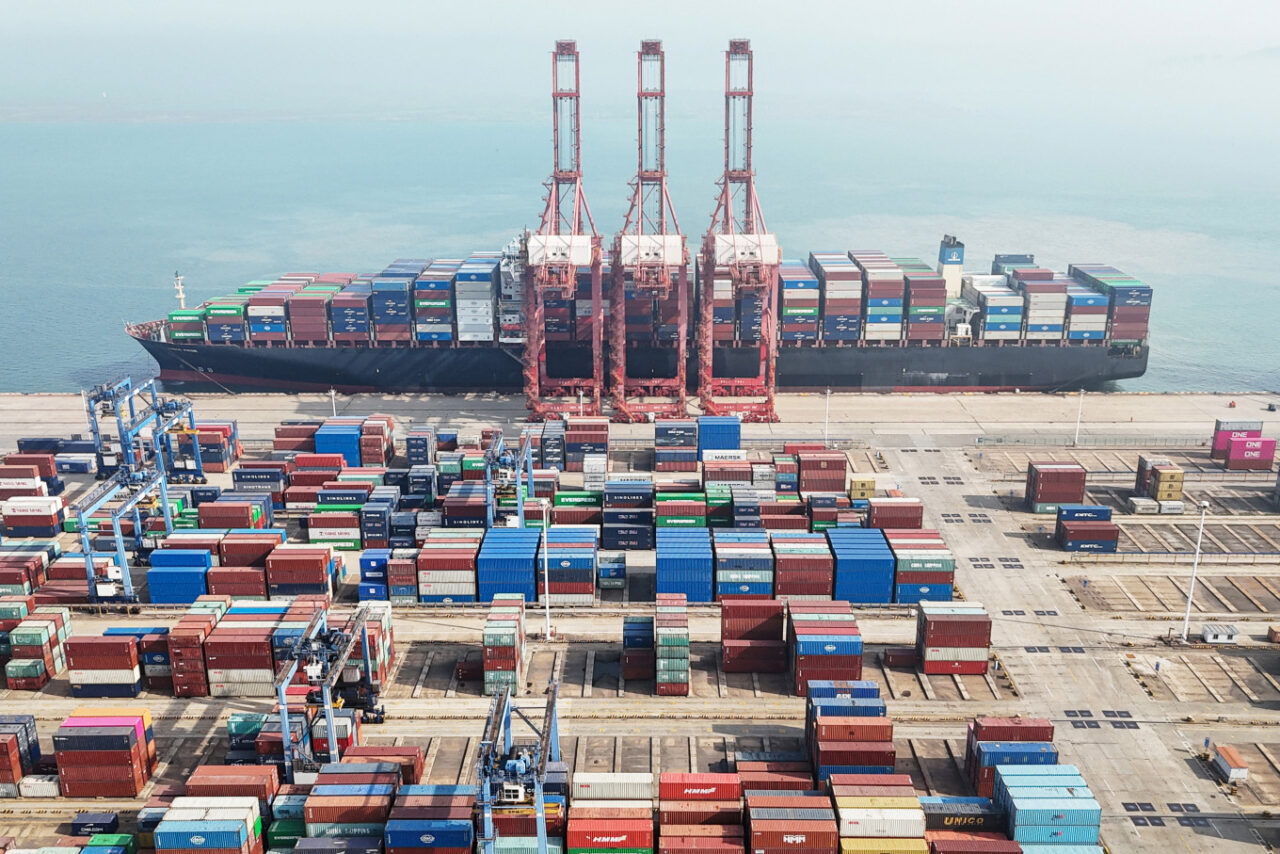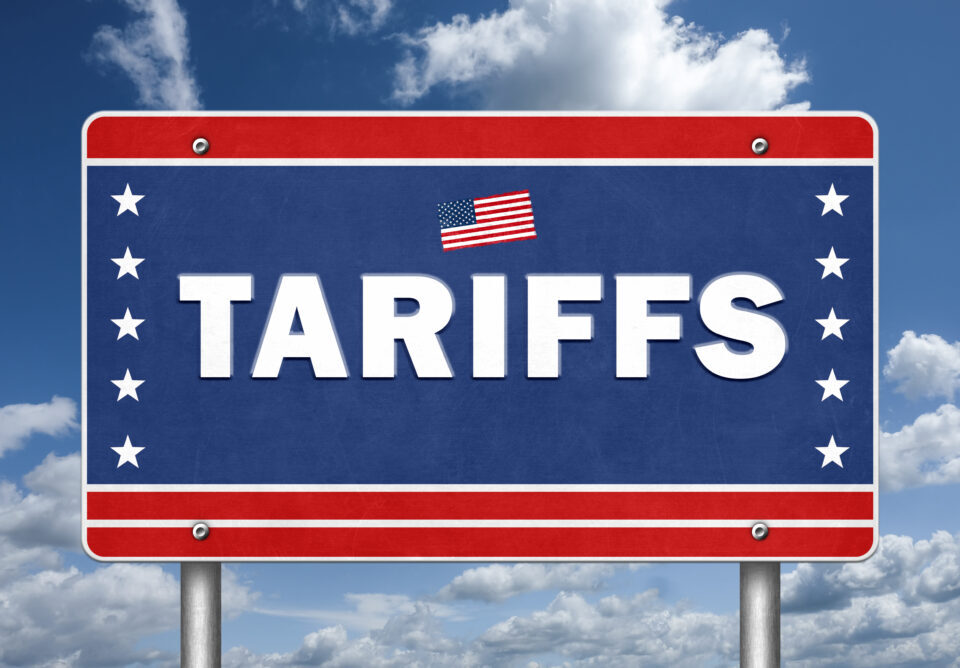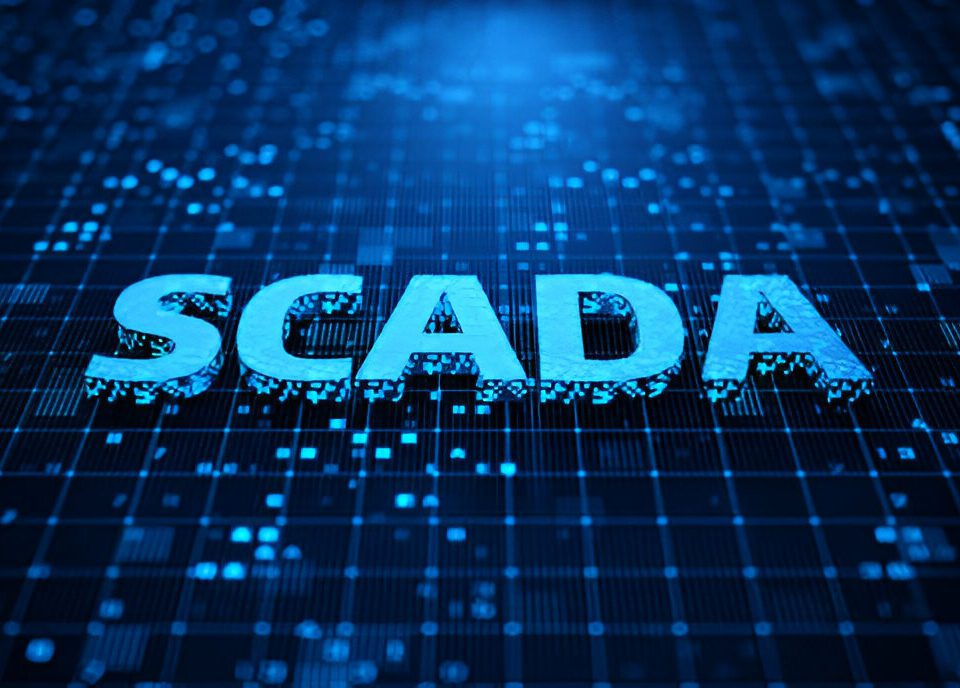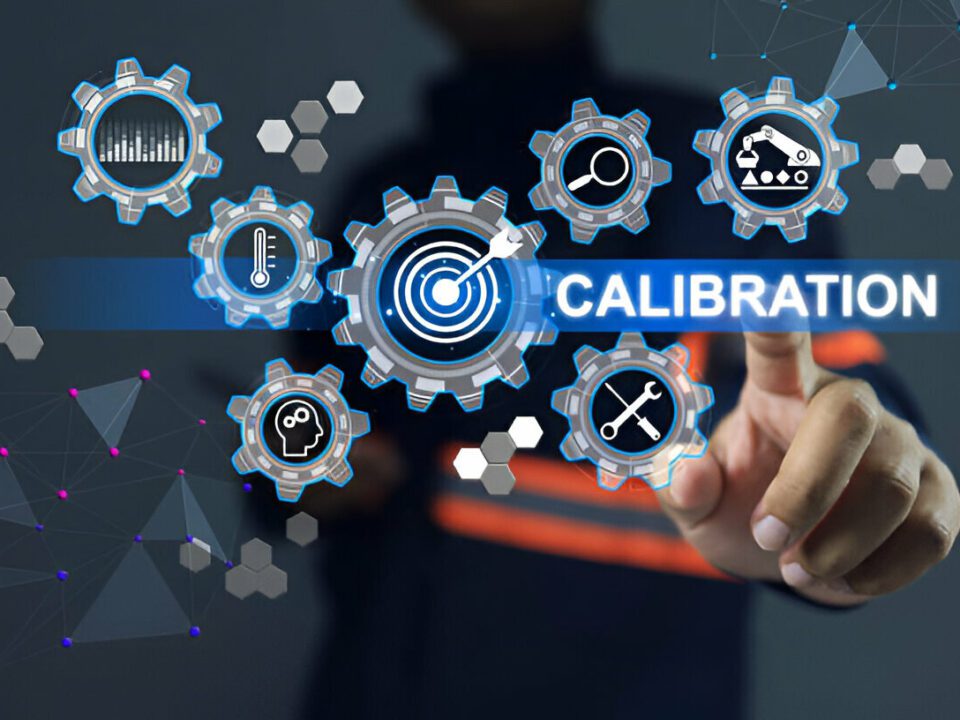How Tariffs Disrupt the Controls Integration Industry
1. Rising Material and Component Costs
Perhaps the most immediate and visible impact of tariffs is the increased cost of imported components. When tariffs are applied to imported electrical and automation parts, suppliers pass those costs down to distributors and end users.
Examples of Affected Components:
PLC modules and I/O cards
Industrial relays and switches
Sensors and transmitters
Terminal blocks and DIN rail accessories
Specialized wire and cabling
A 10–25% increase in component cost, which might seem minor per item, quickly escalates in large-scale projects with hundreds or thousands of parts.
Business Impact:
Reduced profit margins
Higher project bids, reducing competitiveness
More frequent client pushback on pricing
In some cases, project cancellations or delays
2. Extended Lead Times and Procurement Delays
Tariffs often lead to trade slowdowns and customs bottlenecks, especially when new regulations are introduced with little notice. When companies scramble to find tariff-free alternatives, demand surges elsewhere, creating global backlogs.
Real-World Scenario:
A U.S.-based integrator sourcing PLC hardware from Asia may experience a 6- to 12-week delay compared to pre-tariff timelines due to both the tariff compliance paperwork and supplier backlog.
Challenges for Project Managers:
Timeline extensions for installations
Increased reliance on last-minute expedited shipping (at high costs)
Inventory misalignment across multiple projects
3. Supplier Bottlenecks and Limited Alternatives
As tariffs increase, some U.S. integrators turn to new suppliers in countries not affected by tariffs. However, this sudden demand shift leads to overburdened supply chains in those alternative regions.
Consequences of Supplier Bottlenecks:
Quality issues with new suppliers who are scaling too quickly
Inconsistent lead times or product availability
Limited customer service and tech support from new vendors
Difficulty validating new parts for compliance with UL, IEC, or CE standards
This bottleneck forces integrators to either delay projects or risk using unverified alternatives, which can introduce compliance risks.
4. Disruption in Long-Term Contracts and Bids
Many systems integrators work on projects with multi-month or multi-year timelines. When tariffs change mid-contract, the increased costs often can’t be passed on to the client due to fixed bid terms.
Risk Factors:
Fixed-price contracts become unprofitable
Suppliers may re-negotiate terms or pull out
Engineers are forced to redesign control panels or systems with alternate parts
This makes it extremely difficult for integrators to forecast pricing, procurement cycles, and overall project profitability.
